
Culture
09:28, 08-May-2019
India: Literary master Rabindranath Tagore
Updated
14:21, 08-May-2019
CGTN
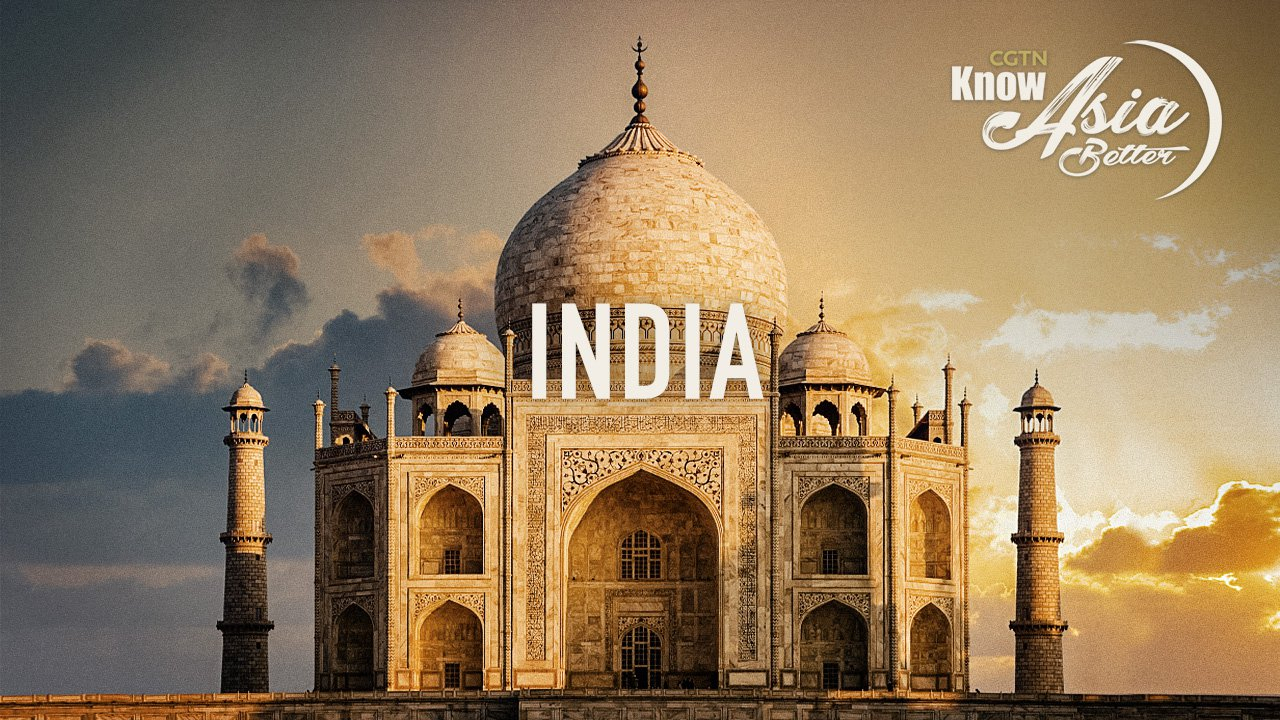
Today, when talking about India, many Chinese youths would think about Bollywood films, as well as tourist attractions such as the Taj Mahal, India Gate and Jama Masjid, but decades ago, most Chinese people would immediately think of a name – Rabindranath Tagore.
Tagore, who was most widely known as the poet with his sensitive, philosophical and beautiful verses in collections such as “Gitanjali,” “Golden Boat,” and “Wild Geese” among others, was also a musician, artist, and social activist.
He was also the first non-European to win the Nobel Prize in Literature for “Gitanjali” in 1913. But besides the poems, he also has a number of well-known novels, songs, dramas and essays.
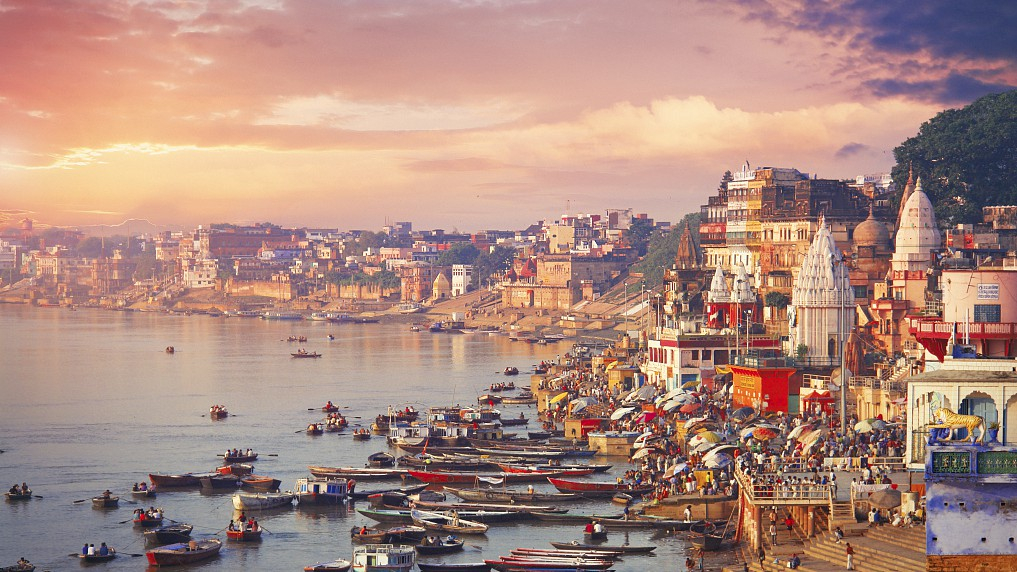
Scenery on the Ganges. /VCG Photo
Scenery on the Ganges. /VCG Photo
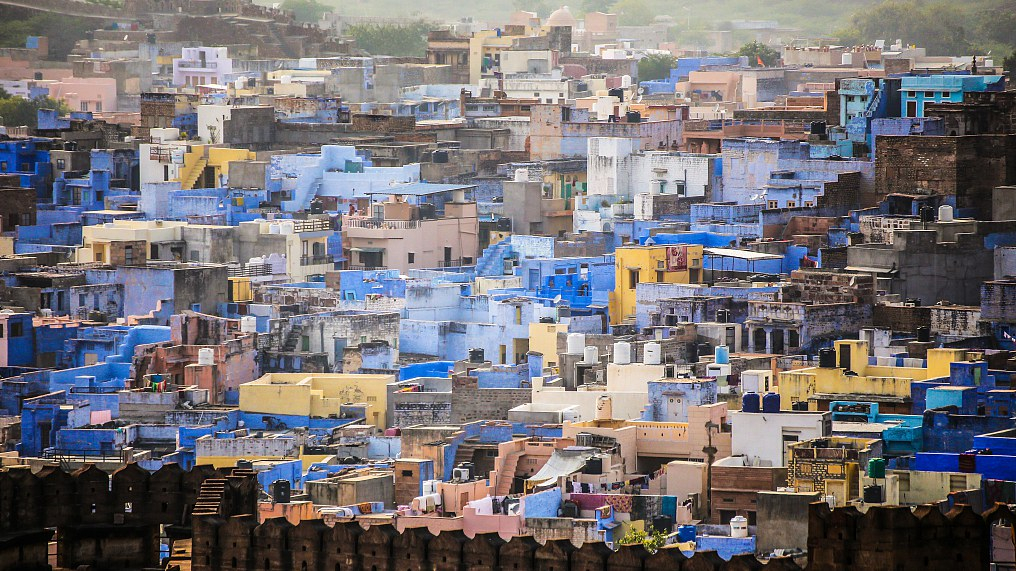
Jodhpur city, the India state of Rajasthan. /VCG Photo
Jodhpur city, the India state of Rajasthan. /VCG Photo
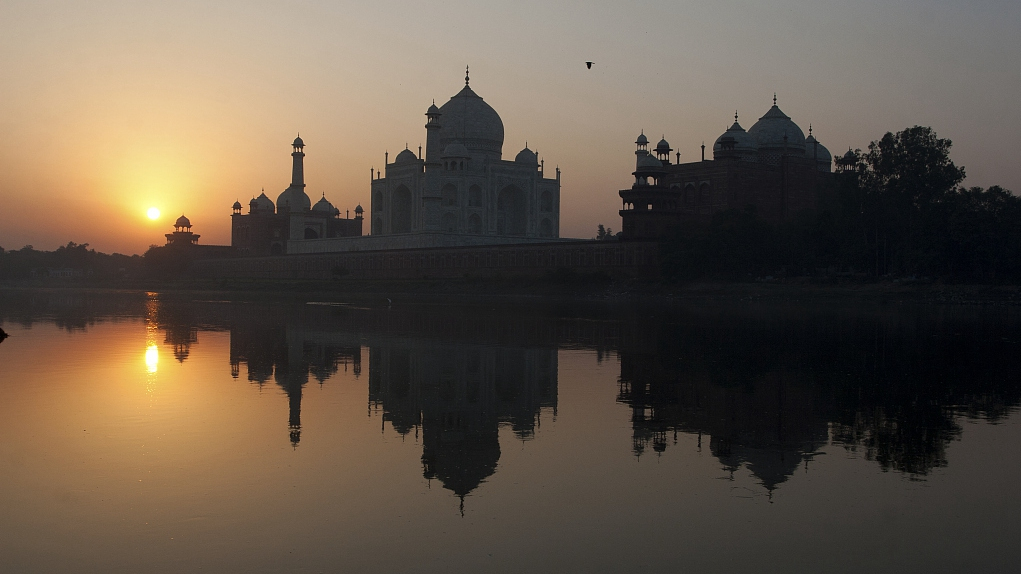
Taj Mahal in the Indian city of Agra. /VCG Photo
Taj Mahal in the Indian city of Agra. /VCG Photo
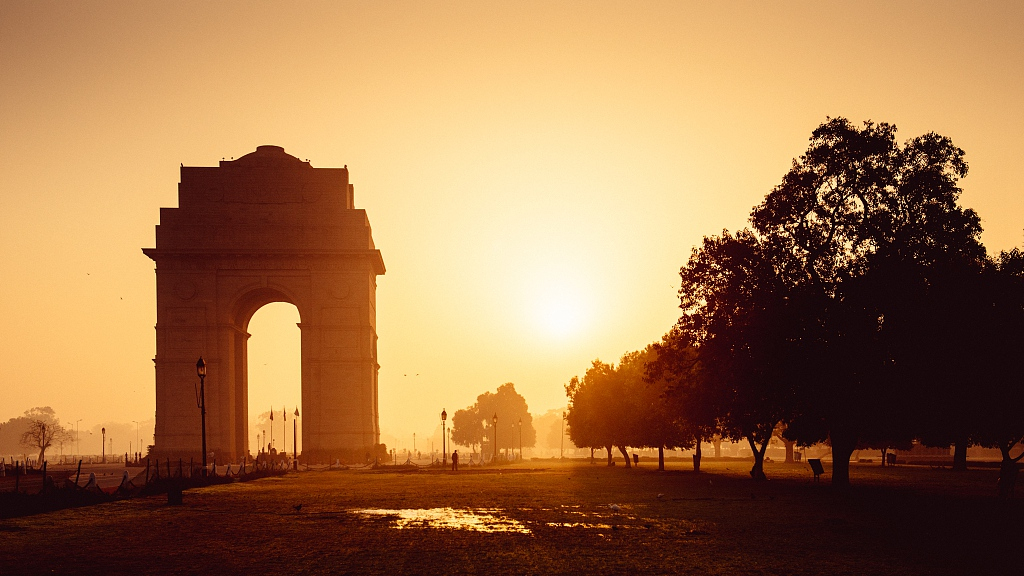
The Indian Gate in New Delhi, India. /VCG Photo
The Indian Gate in New Delhi, India. /VCG Photo
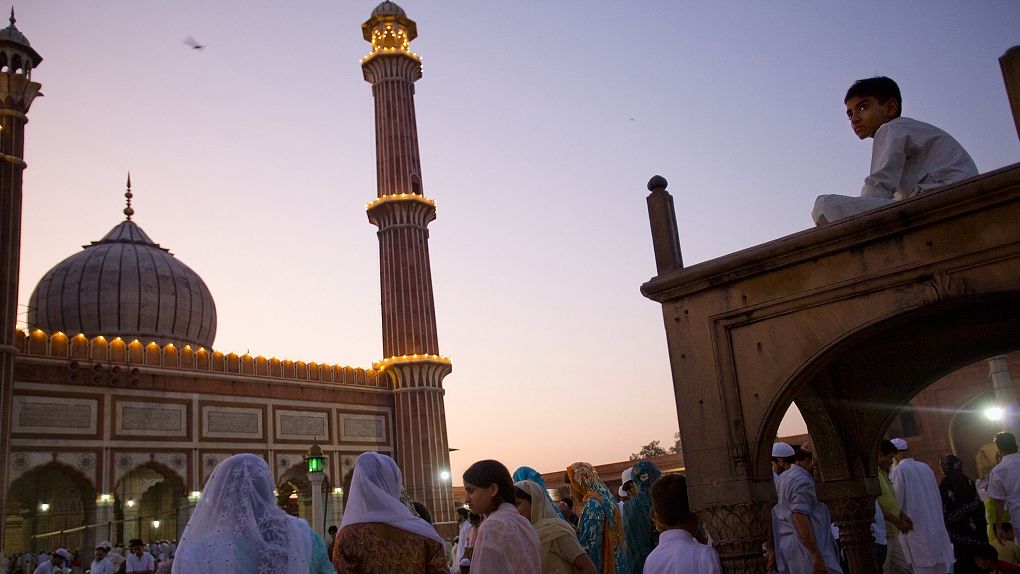
The Jama Masjid of Delhi. /VCG Photo
The Jama Masjid of Delhi. /VCG Photo
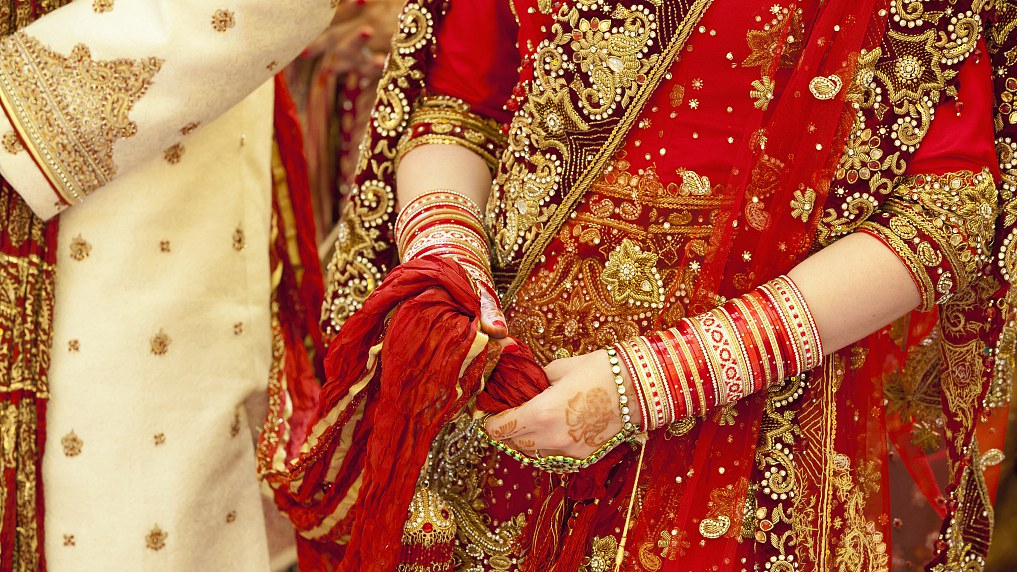
Sari, traditional clothing for Indian women. /VCG Photo
Sari, traditional clothing for Indian women. /VCG Photo
The poet has also greatly influenced Chinese modern literature by inspiring writers such as Guo Moruo, Bing Xin and Xu Zhimo. Xu founded a Chinese literary society dubbed “The Crescent Moon Society” in 1923, which was inspired by one of Tagore's poems, “The Crescent Moon.”
Tagore's visit to China back in 1924 was quite a cultural event at that time, and he was warmly welcomed by celebrities of the country's literary and artistic circles. According to a newspaper report back then, the streets were occupied with thousands of students expecting to see him.
Tagore had mentioned good friendship with many Chinese literary masters after the visit, and he even asked Liang Qichao to give him a Chinese name, Zhu Zhendan, which implies a good relationship between the two countries.
Nowadays, the Chinese people are still familiar with him, and everyone can recite a line or two.
"Where the mind is without fear and the head is held high;
Where knowledge is free;
Where the world has not been broken up into fragments by narrow domestic walls;
Where words come out from the depth of truth;
Where tireless striving stretches its arms towards perfection;
Where the clear stream of reason has not lost its way into the dreary desert sand of dead habit;
Where the mind is led forward by thee into ever-widening thought and action
Into that heaven of freedom, my Father, let my country awake."
-- Rabindranath Tagore, "Gitanjali 35"
What are the cultural elements that best represent Asia? Follow up with the "Know Asia Better" series. It will offer you a glimpse of 47 Asian countries, through architecture, art or cultural figures to show you a diversified Asia that you may never have noticed before. Themed in the exchanges and mutual learning among Asian civilizations and building a community with a shared future for mankind, the Conference on Dialogue of Asian Civilizations will be held in Beijing in May.

SITEMAP
Copyright © 2018 CGTN. Beijing ICP prepared NO.16065310-3
Copyright © 2018 CGTN. Beijing ICP prepared NO.16065310-3